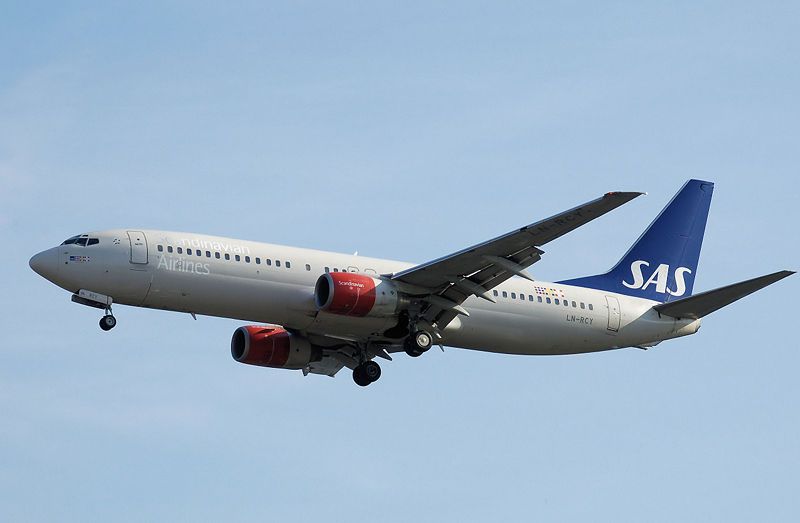Statens Luftfartsvæsen is the Norwegian Civil Aviation Authority responsible for regulating and overseeing civil aviation activities in Norway. As an essential government agency, it ensures the safety, efficiency, and sustainability of aviation within Norwegian airspace. This article will provide an overview of Statens Luftfartsvæsen’s roles, responsibilities, history, and significance in maintaining Norway’s aviation standards.
Statens Luftfartsvæsen operates under the Ministry of Transport and Communications in Norway. Its primary mandate is to supervise all aspects of civil aviation, including safety regulations, certification of aircraft and personnel, air traffic management, and compliance with international aviation standards.
The agency’s goal is to ensure that all civil aviation activities adhere to both national and international laws, minimizing risks to passengers, crew, and the general public. It also works to promote environmental sustainability within the aviation sector by encouraging practices that reduce emissions and noise pollution.
The roots of Statens Luftfartsvæsen trace back to the early days of Norwegian civil aviation. As air travel began to develop in the 20th century, there was a growing need for a governmental body to oversee aviation safety and regulation. This led to the establishment of Statens Luftfartsvæsen to handle these responsibilities.
Over the decades, the authority has evolved alongside advances in aviation technology and changes in international regulations. Norway’s participation in global aviation organizations such as the International Civil Aviation Organization (ICAO) has helped shape the policies and procedures enforced by Statens Luftfartsvæsen.
- Safety Regulation and Oversight: Statens Luftfartsvæsen is tasked with enforcing safety standards for aircraft operations, maintenance, and manufacturing. It issues certifications and licenses for pilots, air traffic controllers, and maintenance personnel. Regular inspections and audits are conducted to ensure compliance.
- Air Traffic Management: The agency collaborates closely with air navigation service providers to manage Norway’s airspace efficiently. This includes overseeing flight plans, air traffic control procedures, and the implementation of new technologies to improve air traffic safety and flow.
- Certification and Licensing: Statens Luftfartsvæsen grants operating licenses to airlines, approves airports, and certifies various aviation-related equipment. This regulatory framework ensures that only qualified entities operate within Norwegian aviation.
- Environmental Initiatives: The agency promotes environmentally responsible practices in aviation, such as fuel efficiency, noise reduction, and sustainable airport operations. It supports research and development efforts aimed at greener aviation solutions.
- Accident Investigation: While Norway has a separate accident investigation board, Statens Luftfartsvæsen plays a role in ensuring that lessons learned from accidents and incidents are applied to improve aviation safety.
As civil aviation inherently crosses national borders, Statens Luftfartsvæsen collaborates extensively with international bodies. It aligns Norwegian regulations with ICAO standards and European Union Aviation Safety Agency (EASA) requirements, even though Norway is not an EU member but participates through agreements.
This cooperation ensures that Norwegian aviation operations meet global standards, facilitating safe and efficient international air travel. Statens Luftfartsvæsen also participates in regional aviation safety programs and shares information with other countries to enhance collective security.
Like many aviation authorities, Statens Luftfartsvæsen faces challenges related to rapidly evolving technology, increasing air traffic, and environmental concerns. The rise of drones, unmanned aerial vehicles, and new types of aircraft requires constant adaptation of regulations and oversight mechanisms.
Additionally, climate change pressures the aviation sector to reduce its environmental footprint. Statens Luftfartsvæsen supports initiatives to develop sustainable fuels, optimize flight routes for fuel efficiency, and implement noise abatement procedures around airports.
Digitalization is another area of focus. The authority is involved in integrating new digital technologies into air traffic management to enhance safety and efficiency, including automated systems and improved communication networks.
Norway’s geographic position and challenging terrain make aviation crucial for connectivity within the country and with the rest of the world. Statens Luftfartsvæsen ensures that this vital infrastructure operates safely and reliably.
Its role extends beyond regulation, as it helps maintain public confidence in aviation and supports Norway’s economic development by facilitating tourism, trade, and transportation.
Statens Luftfartsvæsen stands as a pillar of Norway’s civil aviation system, responsible for ensuring the safety, regulation, and sustainable development of aviation in the country. Its ongoing efforts to adapt to new challenges and international standards position Norway as a safe and responsible participant in global aviation.
As air travel continues to grow and evolve, Statens Luftfartsvæsen’s role remains critical in shaping a secure, efficient, and environmentally conscious aviation future for Norway.
